Tucked away into what was then East Prussia, are the remnants of Adolf Hitler's main headquarters: the Wolfsschanze, or Wolf's Lair. Built here because the Nazi-German leader said he wanted to be close to his troops at the Eastern Front, he reportedly spent much more time here than he thought.
The Wolf's Lair stayed undiscovered
Hitler stayed at the Wolfsschanze about 800 days, before he boarded the train back to Berlin close to the end, of himself and World War 2. During those days the initially wooden structures were fortified with brick and later concrete. Camouflage nets were spanned above the entire complex of about 2 kilometres long and 750 metres wide, adjusted to the seasons to prevent enemy scout planes of spotting it. Air defence guns, fighter planes and ground forces were based nearby in case any allies or Soviets came to close.
When the borders of countries shifted in 1945, East Prussia seized to exits. The area of the main hide-out of Hitler remained undiscovered by the Allies and Russians, until Soviet ground forces marched through the area during the advance to Berlin.
Blowing up the bunkers
Nazi-German sappers tried very hard to blow all bunkers to pieces, but even tons of explosives and tens of thousands of mines did not eradicate the complex. Many of the metres thick walls and ceilings of the bunkers that stood here once have been displaced. Some reports say they flew up to 30 metres (90 feet) up in the sky when the entire area was lighted up by the sappers.
Assassinating Hitler
Internationally, the Wolf's Lair became most famous for the 20 July 1944 failed attempt to assassinate Hitler. It has been documented and dramatized in books and half a dozen films, including Bryan Singer's Valkyrie (2008) starring Tom Cruise. Unhappy with the many strategic and tactical mistakes Hitlers was making, a small number of German Army officers wanted to take him out, with a suitcase bomb. It was the group's leader Claus von Stauffenberg himself who put the suitcase in the room. But the blast was less powerful than envisaged. In combination with the further location of the suitcase in the meeting room, Hitler sustained only minor wounds. One of the other 24 people in the room was killed, while another three died of their wounds in hospital. Historical research shows that Von Stauffenberg was no saint, and fully supported the German war effort. He and the others planning the coup were just unhappy with the Führer's irrational decision making.
The Wolfsschanze today
Today, the Wolfsschanze is part of the Mazury area of Poland. Armed with an audio guide and headphones, what happened here in the years 1941 to 1944 can be re-discovered. There is a small military aviation museum next to it. The ride from the town of Kętrzyn to the compound in present time Gierłoż is rather picturesque - over winding country roads with high trees, agricultural fields and a bit of forest. Like I did in the Summer of 2023.
Bunker No. 15: Herman Görring's bunker
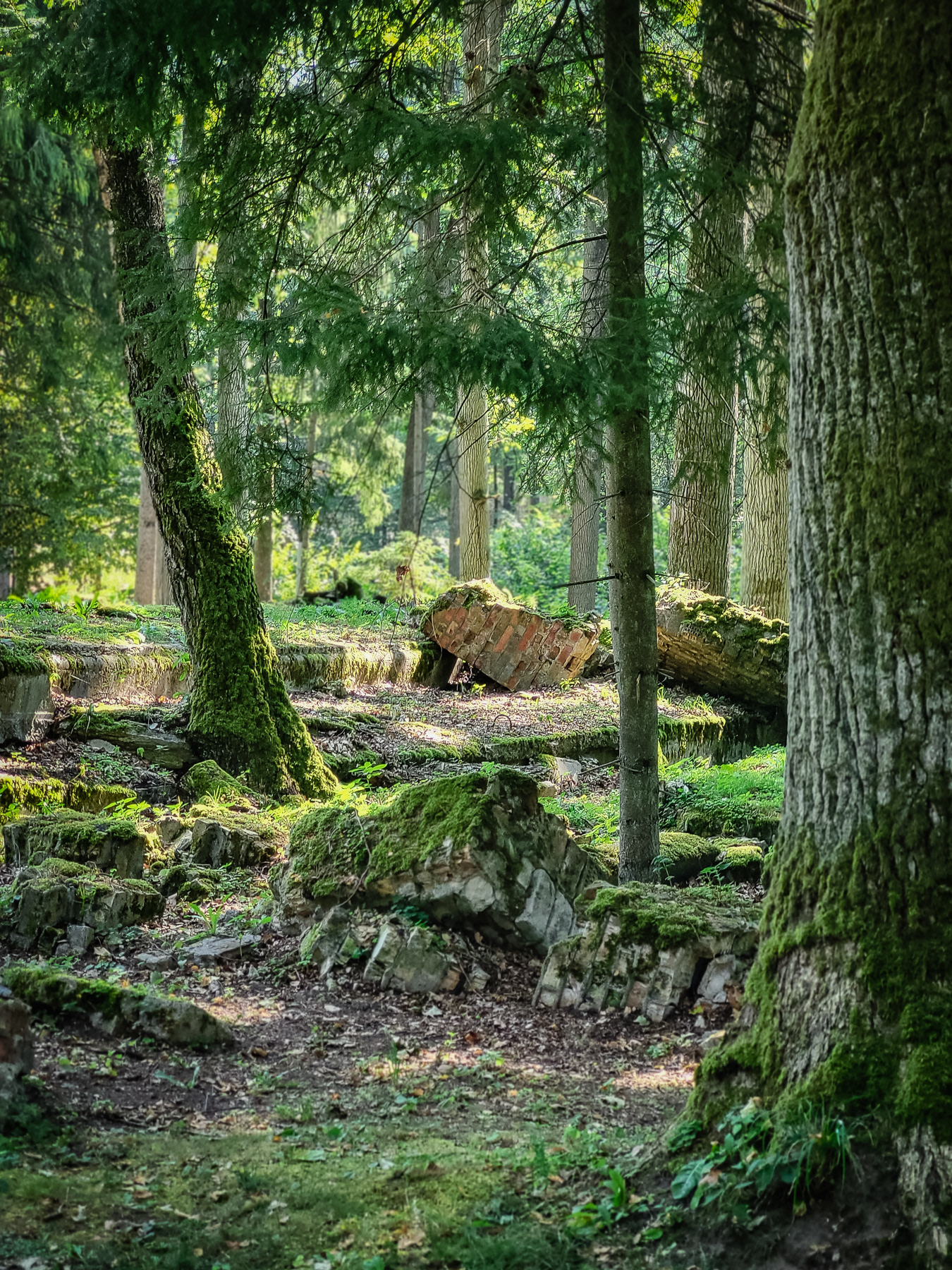

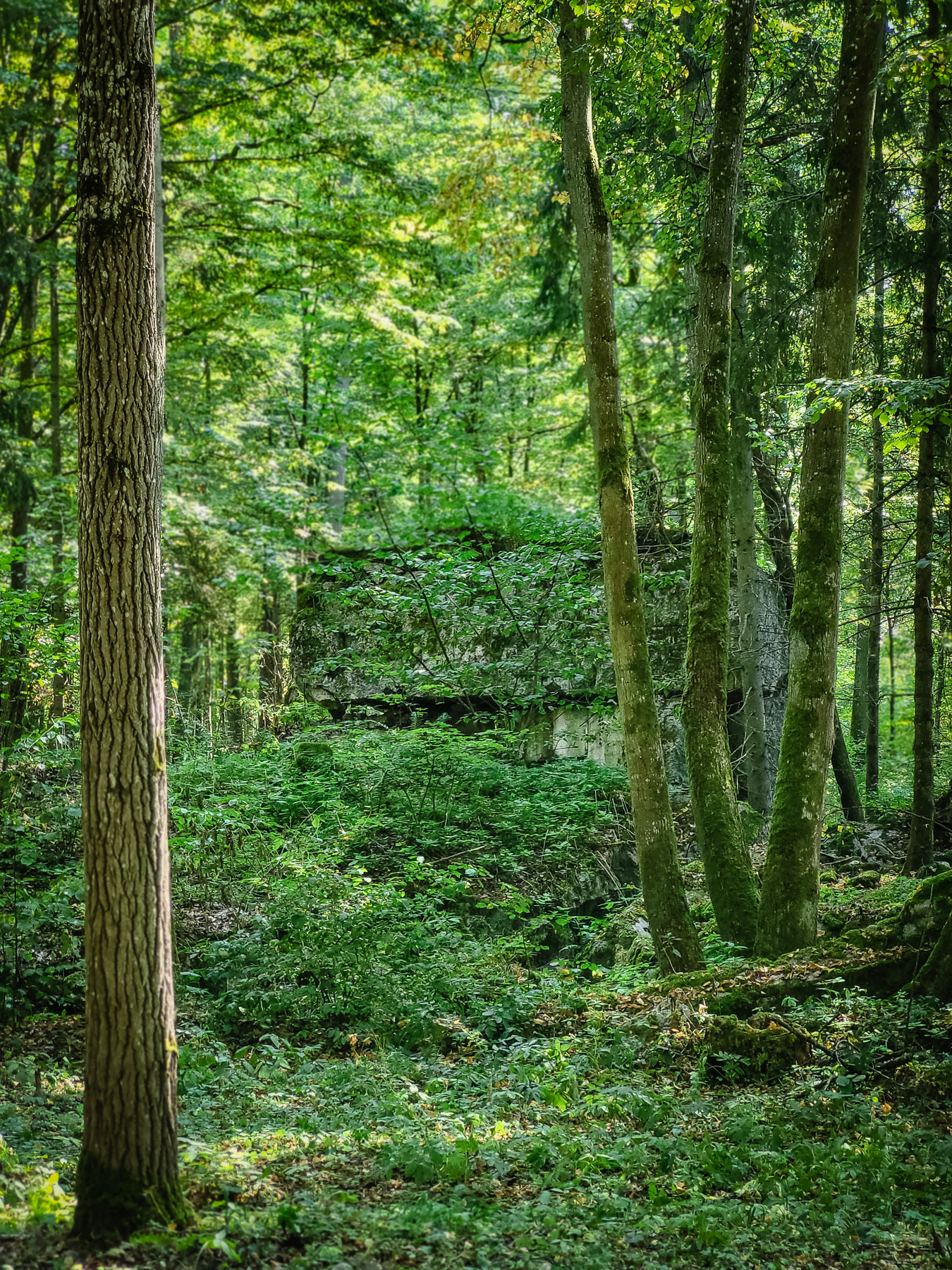
The two photos on the left show the remnants of Staff Meeting Barrack No. 3, the site of the failed assassination attempt - with a suitcase bomb - of Hitler on 20 July 1944.
Bunker No. 6: Shelter for guests. Hitler briefly lived in it, in 1944, when his personal bunker was being renovated
Bunker No. 13: Adolf Hitler's "home" during most of the war.

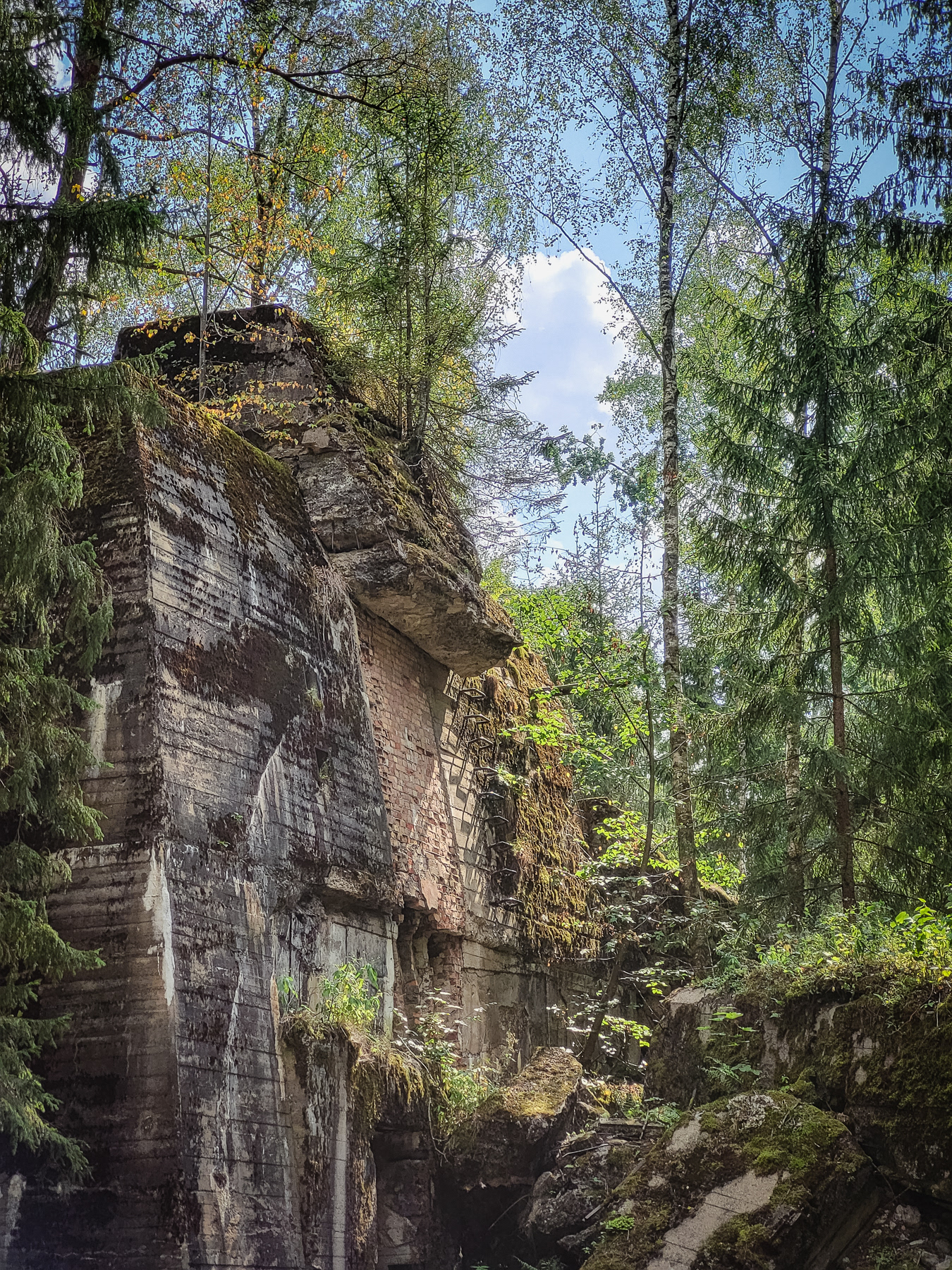
Bunker No. 20: The adjutants' building
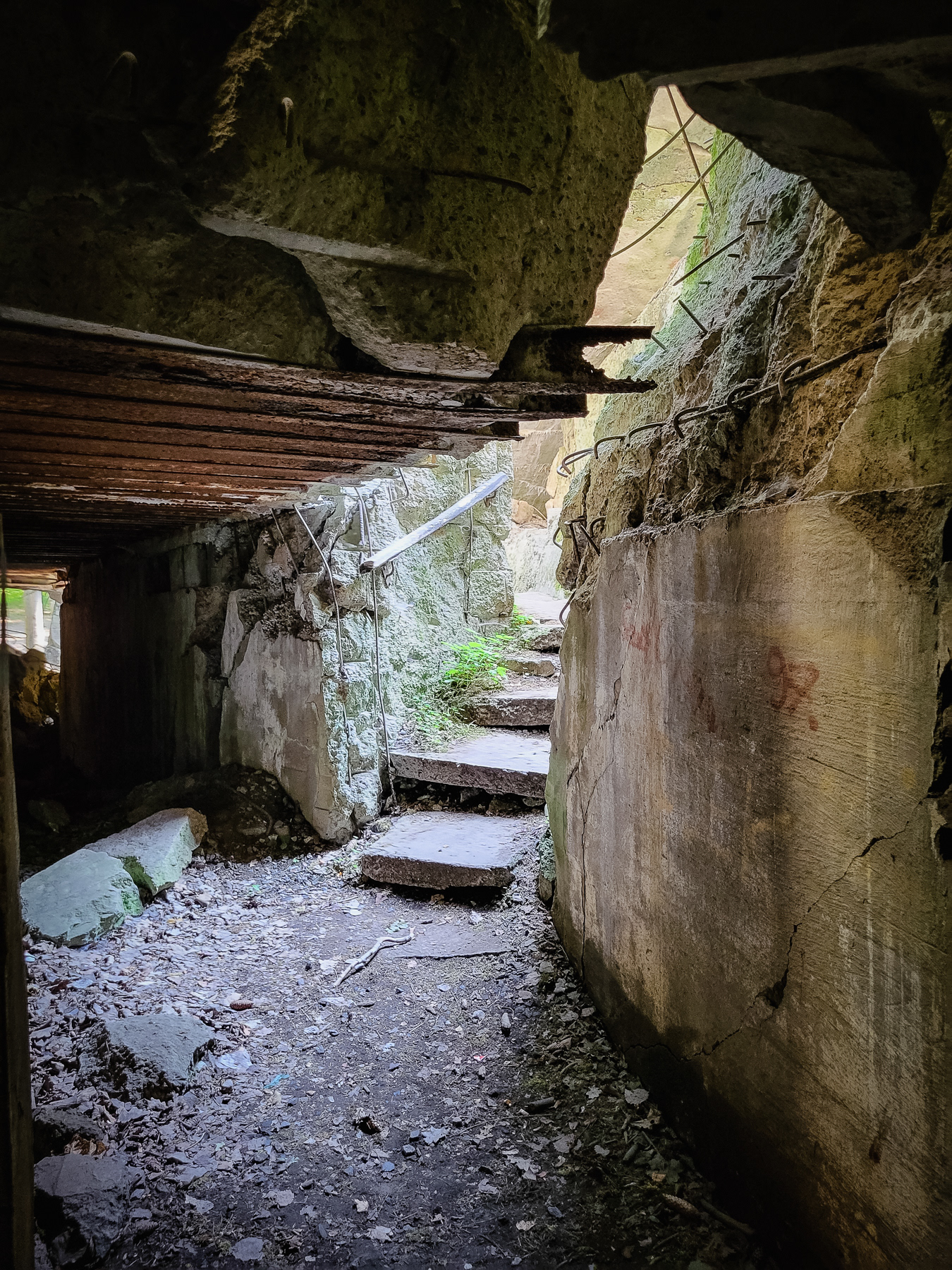
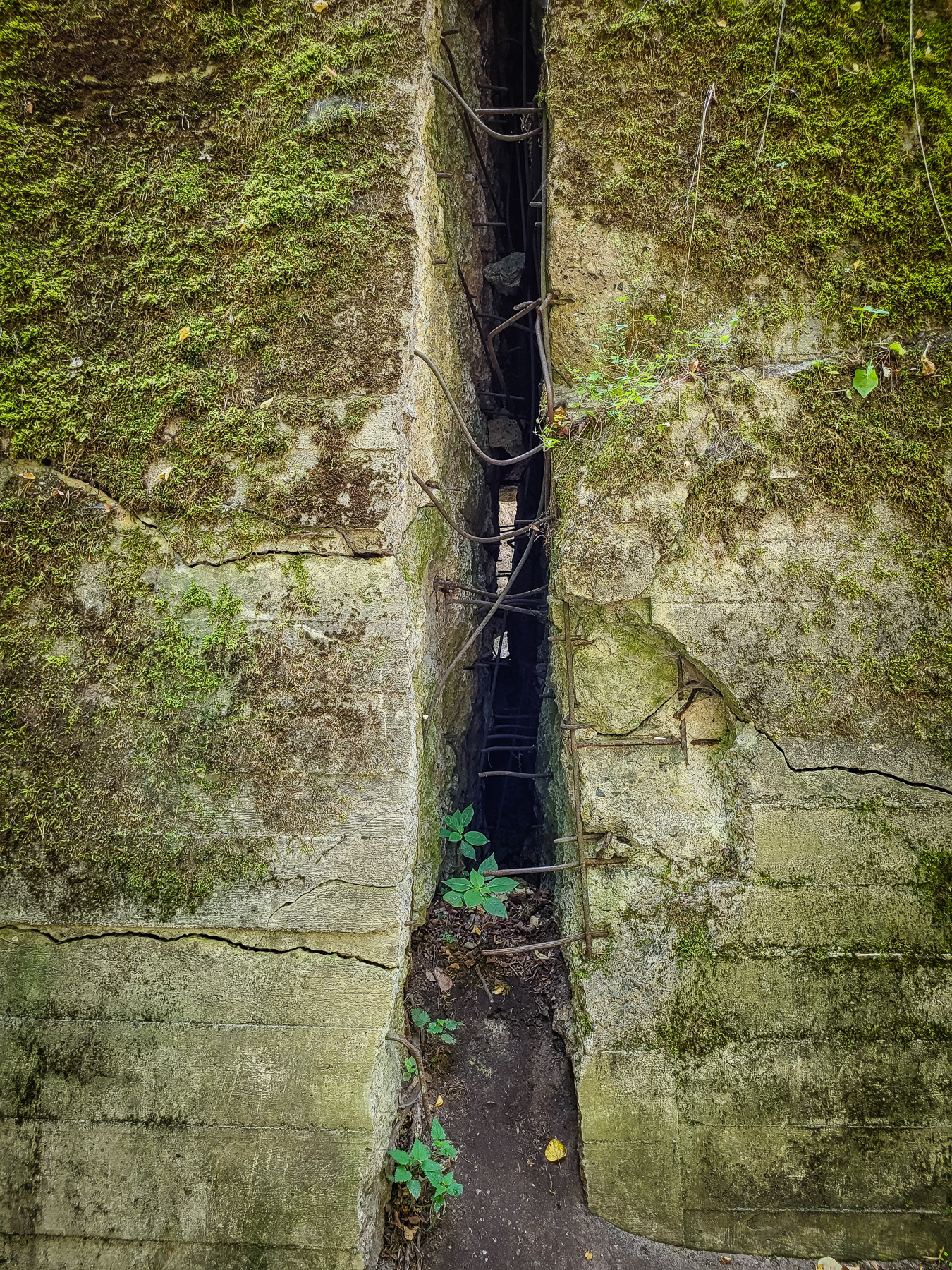
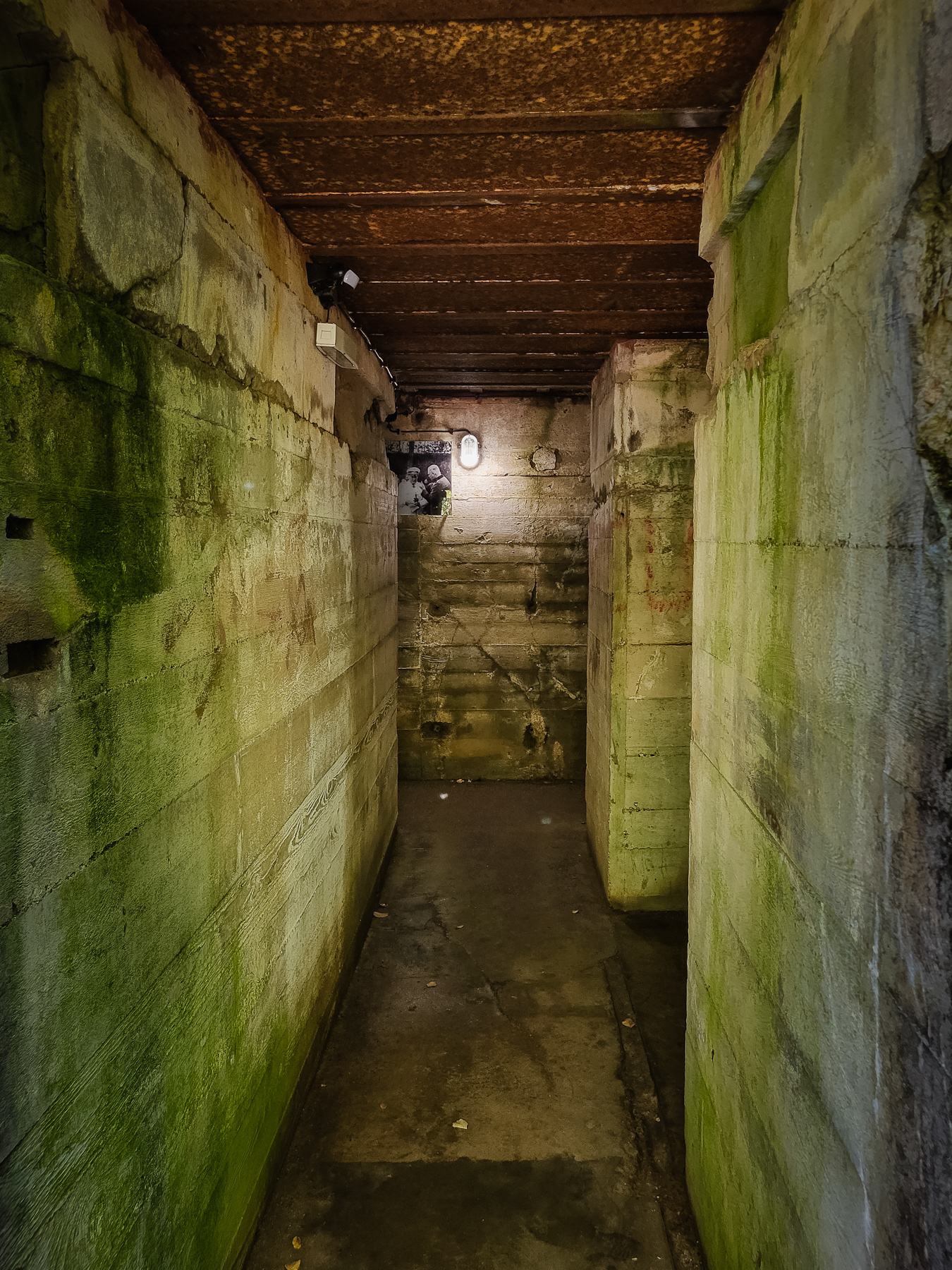
The far right photo above is taken inside the bunker of Reich Marshal and Chief of the Air Force, Herman Görring. Parts of it are relatively left intact, while other parts (two photos below) have been massively displaced when it was blown up. Clearly visible on the bottom photos are the two reinforced layers of the bunker, which even tons of TNT could not destroy.
Bunker No. 21: The Communications Shelter. Here messages were sent out using the Enigma (de)coding machine.